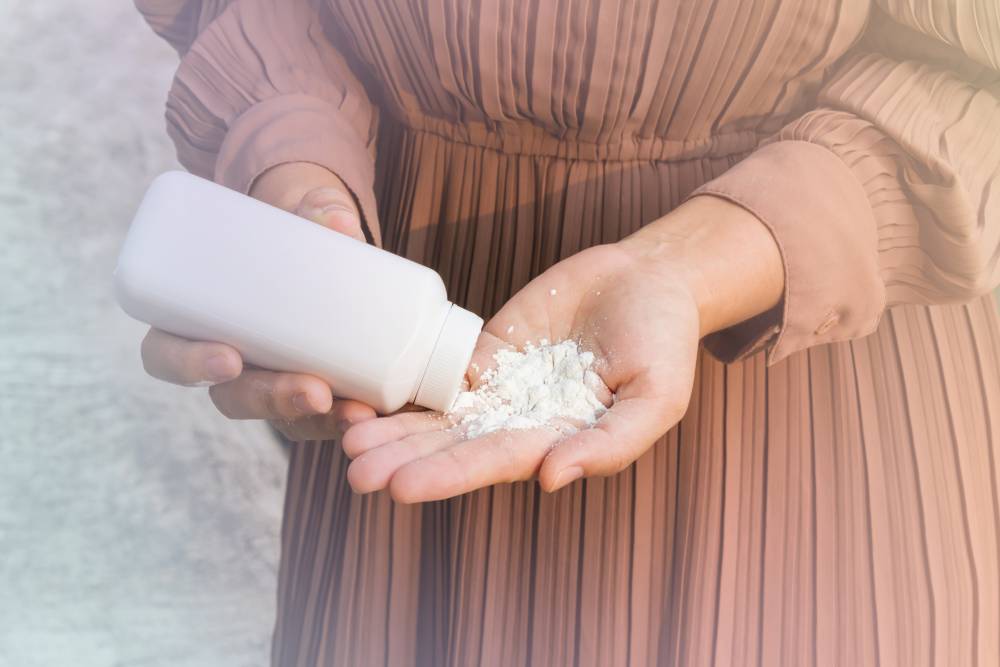
A common household product that is still being used by some residents in aged care is at the centre of new claims about its association with cancer.
A British lawyer has warned that “thousands” of men and women could be at risk of developing cancer after using common household products containing talc when they were teenagers.
Solicitor Phillip Gower, of legal firm Simpson Millar, told The Daily Mail, “It’s a massive scandal and is only going to get bigger.”“People are rightly worried and concerned,” he said.
“It was an incredibly popular product among women just a few decades ago and now unfortunately they and their children are paying the price.
“They should have been told about the risks but they were kept in the dark,” he told The Daily Mail.
Mr Gower is an expert on asbestos-related mesothelioma, which has been linked to the use of talcum powder.
Mr Gower suggests that talc-related cancer could account for “thousands” of similar cases.
In April, a US investment banker was awarded nearly $160 million (the equivalent of US$117 million) when the court found the mesothelioma he contracted was caused by asbestos dust in Johnson and Johnson talcum powder he used.
Though talcum powder is not recommended for use in nursing homes these days, some older people have grown up using it, and still continue using it on a regular basis after their shower, on their body, and even for continence management.
In the past, nursing home and hospital staff used talcum powder on the elderly when they were attending to their toilet hygiene. This practice has been phased out as talcum powder is known to interfere with the absorbency of continence pads.
Jan Rice, Director of WoundCare Services, told HelloCare that talcum powder is only very rarely used in aged care or recommended by clinicians these days.
Occasionally a “dusting” of tea-tree oil talcum powder is used to help dry fungal skin tissues, but only in small amounts and only for short periods of time.
Talcum Powder contains talc, which is made up mainly of magnesium, silicon and oxygen. Traditionally the powder has been used to keep skin dry and to cut down on friction.
Since talc is often mined near deposits of asbestos, in the 1960s fears emerged that talc could be contaminated with asbestos during the mining process.
Talc has been asbestos-free since the 1970s.
Talcum powder has been linked to ovarian cancer when it has been used around the genital area, though the Cancer Council says scientific studies have been inconclusive.
When inhaled, talc that contains asbestos can cause cancer – but, as above, modern talcum powder products no longer contain asbestos.
Talc is widely used today in facial powders, baby powder, and adult body powders.
Do you still use talcum powder personally or for clients you care for? Will you change your mind after reading this article?
I remember back in the 50’s /60’s plus… Talcum Powder was usually dusted on the the body after a Bath or Shower also/and when our Babies Nappies were changed we would put a sprinkle of powder on on the children … We hear so much about so many things of what the effects what was/is being and used by people contracting Cancer these days that, and, now.It could have been from using Talcum Powder as part of this…The daily routine back then and over the many years that followed…and even today… 🙁